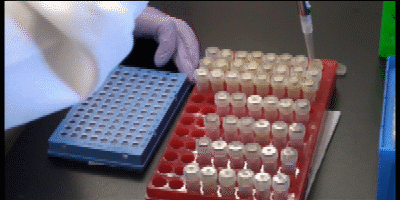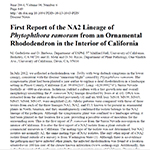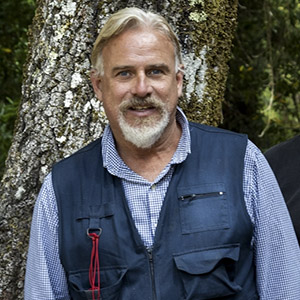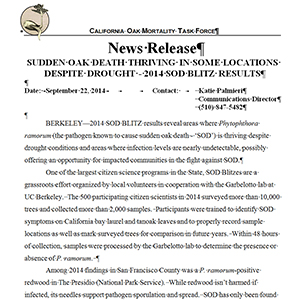Welcome to the Pipet Monkey Blog!
What’s a Pipet Monkey? The term is both playfully derogatory and respectful all at once.
The programming equivalent, Code Monkey, is roughly similar in usage but more demeaning and trivializing, personally. If you’re a non-American English speaker, lackey or maybe dogsbody might ring true. Shoprat was what they were affectionately and divisively called in the great past of the American manufacturing sector.
Pipet Monkeys are the highly skilled workers that, day to day, push the work of laboratory research forward, and in the modern molecular or diagnostic lab they are the pointed-end-of-the-stick of scientific endeavor.
They spend most of their day using this:
To transfer microliter amounts of liquid between tiny plastic tubes in an endless all day dance.

They are the postdocs, grad students, undergraduates, and research assistants, who work at the crucible of scientific discovery, the lab bench. They used to be almost exclusively geeky white guys but at the bottom end of the academic food chain that’s changing. It wasn’t too many years ago that the suppliers of laboratory gloves didn’t sell hardly anything but L and XL. Now S, XS, and even XXS are available since, increasingly, the cogs in the machine are young, bright, geeky women. (Most labs are still pretty hurting on diversity, sorry.)
The work is repetitive, demanding, and can be hand-crampingly long. Laboratory protocols have detailed and exacting steps and the slightest inattention to any one of them dooms the results, wastes time and money, and pisses off everybody; including especially the hapless mistake-maker who gets to start again and stay up late tonight to make it right.
 Of course the bench work could be handled by pretty much any modern liquid handling robot, of which there are numerous sweet models available; including the Hamilton Vantage line, a favorite for forensics sample
Of course the bench work could be handled by pretty much any modern liquid handling robot, of which there are numerous sweet models available; including the Hamilton Vantage line, a favorite for forensics sample processing; a very cool Andrew Alliance anthropomorphic type which we’d so like to unbox and demo (hint, hint sales reps); and the fantastic Tecan Freedom EVO model that nearly maimed me once. To be fair to the Swiss designers, it was kind of my fault for taking off some of the safety guards that clearly said, “Nicht Entfernen” on them.
processing; a very cool Andrew Alliance anthropomorphic type which we’d so like to unbox and demo (hint, hint sales reps); and the fantastic Tecan Freedom EVO model that nearly maimed me once. To be fair to the Swiss designers, it was kind of my fault for taking off some of the safety guards that clearly said, “Nicht Entfernen” on them.
Some days laboratory bench work can feel like it’s the reason they invented the digital music player. Why then does anyone spend their day in such a stressful venture?
Because science works. Empirical scientific investigation drives the work of thousands and thousands of new scientific discoveries every year. Biological science, in particular, helps explain your entire existence and you get to be there as it happens every day. Without the Pipet Monkeys there would be no understanding of DNA, diagnostic medicine, or affective drug therapies.
The Pipet Monkeys may not always get their name on the publication and you might not be introduced to them as you come through the lab door but they are always there. This is our blog of all things science, large and small.

So, dance Pipet Monkey, dance. . . .












 There are a lot more adjustments on the electronic version than any one person will probably ever need: liquid volume, separate aspirate and dispense speeds, mixing cycles, multi-dispense, reverse pipetting (no one in our lab knew what that one is but it’s gotta matter to somebody), dilution, titrations, and about a hundred other things that are configurable in the settings.
There are a lot more adjustments on the electronic version than any one person will probably ever need: liquid volume, separate aspirate and dispense speeds, mixing cycles, multi-dispense, reverse pipetting (no one in our lab knew what that one is but it’s gotta matter to somebody), dilution, titrations, and about a hundred other things that are configurable in the settings.




 processing; a very cool
processing; a very cool 












